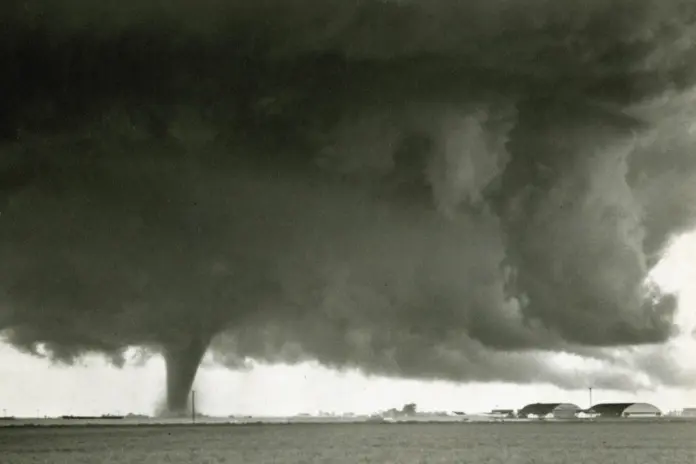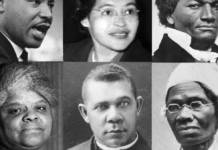The 20th of June is a date Fargo and the entire North Dakota are going to remember forever. This is because on this date back in 1957, the most densely populated city of North Dakota was hit by one of the deadliest tornadoes in history. The city experienced highly damaging winds that reached speeds of more than 275 miles per hour, which resulted in severe destruction not only in Fargo but also in the surrounding areas. Today, on the 68th anniversary of the 1957 Fargo tornado, the following article brings you a detailed account of the damage caused by it as well as how it ended up changing the meteorological world completely.
Damages Caused By The 1957 Fargo Tornado
The supercell tornado was already damaging enough, but it did not cause widespread damage across North Dakota alone. An outflow boundary from the earlier thunderstorms enhanced the spin in the lower atmosphere, which ultimately resulted in the formation of 5 more similar tornadoes. These tornadoes slowly moved east and ended up causing severe damage across Wheatland, through Casselton, into Fargo, extending over the Red River into Minnesota.
The tornado destroyed around 300 homes in Fargo and caused severe damage to 1,000 more. Significant buildings like North Dakota Agricultural College were also damaged. The south of 12th Avenue North in the Golden Ridge Subdivision endured the most damage, where homes were destroyed, and the debris from the homes was swept away from the foundation. Over 103 people were left injured, while 12 people lost their lives.
Also read: Tornado Watch Issued for St. Louis: Are You in the Danger Zone?
Early Warnings Saved Countless Lives
The National Weather Service issued early warnings regarding a potentially damaging tornado hitting the area, which actually ended up saving countless lives. Many people evacuated the impacted areas, and those who couldn’t sought shelter on time. Chauncy, Schultz, science and operations officer at the Bismarck National Weather Service and author of a paper on the Fargo tornado, mentioned that the weather bureau that day could literally see the tornado approaching Fargo. This allowed them to issue a warning an hour before the city was hit.
Fargo Tornado Results In Groundbreaking Meteorological Research
The Fargo tornado is not only remembered for the immense damage it caused to the city in North Dakota. It is also remembered as a major event in the meteorological history of the world, as it resulted in Dr. Ted Fujita’s groundbreaking research. Dr. Fujita studied the Fargo tornado closely and developed the F-scale after analysing the damage it caused. The enhanced version of this scale is still used to determine the damage a tornado’s wind can cause. He placed the Fargo tornado on the extreme side of the scale at F5 as he believed it was the worst tornado damage he had seen.
Also read: Hurricane Erick Hits Oaxaca: Storm Surge, Flooding, and Shelters Activated
Other Terms Coined By Dr. Ted Fujita After The Analysis Of The Fargo Tornado
Apart from the development of the F-scale, Dr. Fujita also coined several other terms after he analysed the Fargo Tornado. He explained how one supercell tornado ended up spawning a total of 5 other tornadoes across eastern North Dakota and northwest Minnesota and coined the term “tornado families.” He also documented the entire life cycle of the Fargo tornado and even coined another term, “wall cloud.” It refers to the compact, lowered cloud in a supercell tornado that can possibly precede a tornado, but does not always do so. The Fargo tornado was the only F5 tornado to hit North Dakota, except for one other called Rice that hit in 1953.








